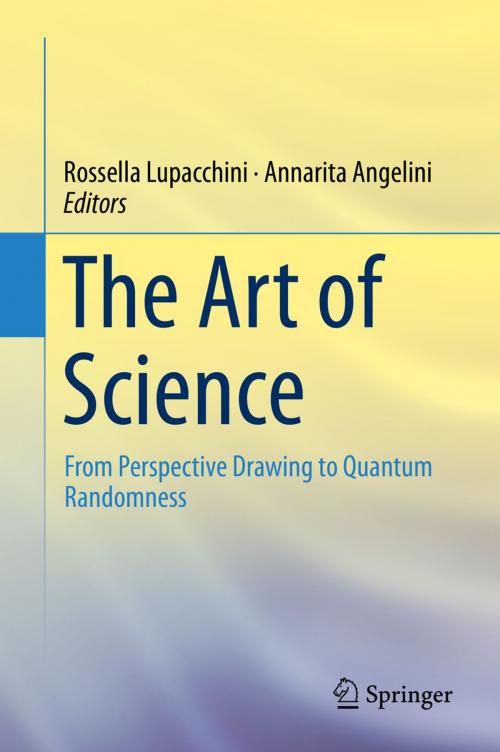The Art of Science
From Perspective Drawing to Quantum Randomness
Nonfiction, Science & Nature, Mathematics, Applied, Science, Physics, General Physics| Author: | ISBN: | 9783319021119 | |
| Publisher: | Springer International Publishing | Publication: | July 22, 2014 |
| Imprint: | Springer | Language: | English |
| Author: | |
| ISBN: | 9783319021119 |
| Publisher: | Springer International Publishing |
| Publication: | July 22, 2014 |
| Imprint: | Springer |
| Language: | English |
In addition to linear perspective, complex numbers and probability were notable discoveries of the Renaissance. While the power of perspective, which transformed Renaissance art, was quickly recognized, the scientific establishment treated both complex numbers and probability with much suspicion. It was only in the twentieth century that quantum theory showed how probability might be molded from complex numbers and defined the notion of “complex probability amplitude”. From a theoretical point of view, however, the space opened to painting by linear perspective and that opened to science by complex numbers share significant characteristics. The Art of Science explores this shared field with the purpose of extending Leonardo’s vision of painting to issues of mathematics and encouraging the reader to see science as an art. The intention is to restore a visual dimension to mathematical sciences – an element dulled, if not obscured, by historians, philosophers, and scientists themselves.
In addition to linear perspective, complex numbers and probability were notable discoveries of the Renaissance. While the power of perspective, which transformed Renaissance art, was quickly recognized, the scientific establishment treated both complex numbers and probability with much suspicion. It was only in the twentieth century that quantum theory showed how probability might be molded from complex numbers and defined the notion of “complex probability amplitude”. From a theoretical point of view, however, the space opened to painting by linear perspective and that opened to science by complex numbers share significant characteristics. The Art of Science explores this shared field with the purpose of extending Leonardo’s vision of painting to issues of mathematics and encouraging the reader to see science as an art. The intention is to restore a visual dimension to mathematical sciences – an element dulled, if not obscured, by historians, philosophers, and scientists themselves.















